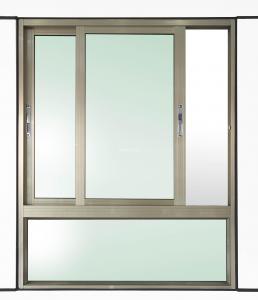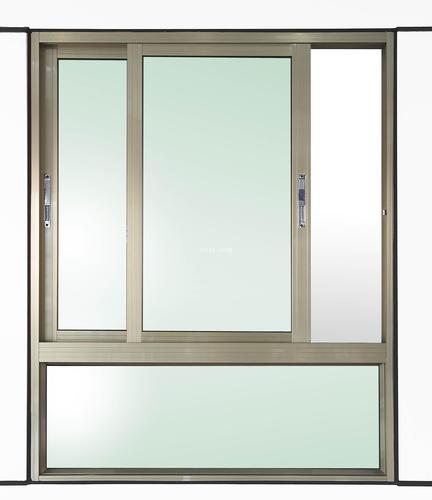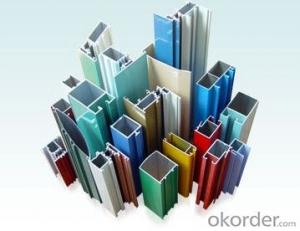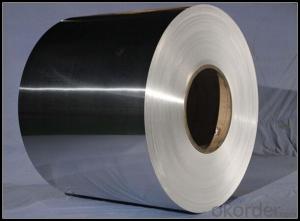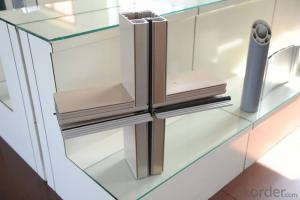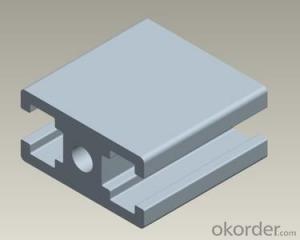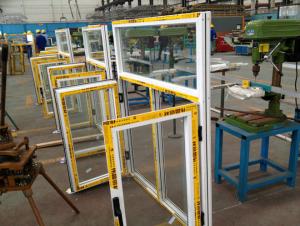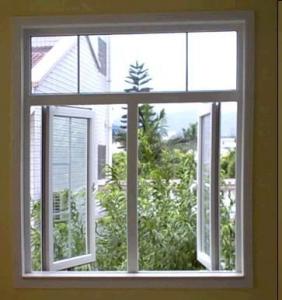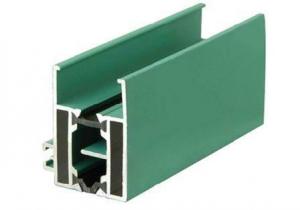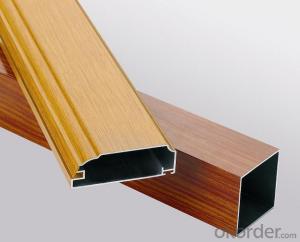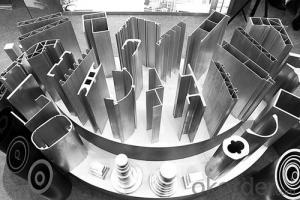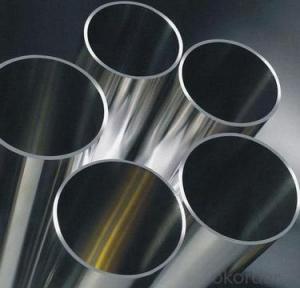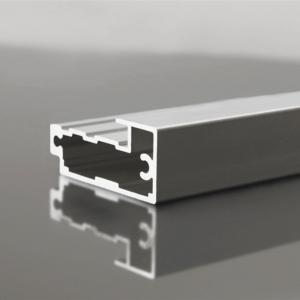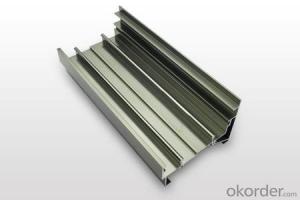Aluminum Extrusion Profiles for Windows AA6063
- Loading Port:
- China Main Port
- Payment Terms:
- TT OR LC
- Min Order Qty:
- -
- Supply Capability:
- -
OKorder Service Pledge
OKorder Financial Service
You Might Also Like
Powder Coating Aluminum door profile of - AA6060
1) Material : 6063 6061 6060 and different aluminium alloy
2) Alloy Temper: T4 T5 T6 or other special status as per customer's needing.
3) Optional Surface treatment: mill finish, anodized sliver ,anodized bronze, anodized champagne, anodized black pearl, various power coating color, electrophoretic sliver, electrophoretic champagne, electrophoretic golden,
electrophoretic titanium, machine polish sliver, machine polish bronze, wooden grain color, and Fluorocarbon spraying.
4) Annual capacity : 120000TON
5) Quality : China Nation Standard GB/T 5237 2004 (advanced class)
6) Application: can be widely used for aluminium window, door, curtain wall, hand railing ,
normal aluminium profiles, decoration and industrial aluminium profiles.
7) Advantage: Famous Brand reasonable&market price, soonest delivery and good after sale- service
- Q: Is it possible to utilize aluminum profiles in the construction or structure of commercial buildings and factories?
- <p>Yes, aluminum profiles are commonly used in commercial buildings and factories due to their strength, durability, and lightweight properties. They are ideal for constructing frameworks, window and door frames, and support structures. The corrosion resistance of aluminum also makes it suitable for industrial environments where exposure to harsh chemicals or weather conditions is a concern. Additionally, aluminum profiles are easy to maintain and can be recycled, contributing to the sustainability of construction projects.</p>
- Q: This question asks for a description of the various forms and dimensions of aluminum profiles that are typically utilized in the construction industry.
- <p>Aluminum profiles used in construction come in various shapes and sizes to cater to different structural needs. Common shapes include angles, channels, I-beams, H-beams, T-profiles, and rectangular or square tubes. Sizes vary based on the thickness of the aluminum and the dimensions of the profile, such as width, height, and length. For instance, an H-beam might have a depth ranging from 100mm to 900mm and a width from 50mm to 300mm. The selection of the right profile depends on the specific requirements of the construction project, such as load-bearing capacity, aesthetic considerations, and cost efficiency.</p>
- Q: What are the aluminum packaging methods?
- Common1 each cotton covered cotton;2 each sleeve;3 coat big bag plastic sealing;4, two wire line;5, three, wrapping paper;6, outsourcing cotton (outsourcing paper).....
- Q: What are the potential safety issues that might arise from using aluminum profiles in construction projects?
- <p>While aluminum profiles are generally safe and widely used in construction due to their strength, lightweight, and corrosion resistance, there are a few safety concerns to consider. These include ensuring proper installation to prevent structural failure, avoiding sharp edges that could cause injury, and ensuring that the aluminum does not react with other materials in a way that could compromise safety. Additionally, it's important to use aluminum profiles that meet building codes and standards to ensure they can withstand the expected loads and environmental conditions.</p>
- Q: What's the price of aluminum alloy die castings and aluminum profiles?
- Should be the alloy now out of the alloy, like domestic red flag, automobile, plastic steel, now the price is good!
- Q: This question asks if aluminum profiles can be recycled through existing recycling programs or facilities in the user's local area.
- <p>Yes, aluminum profiles can typically be recycled using existing recycling programs or facilities. Most recycling centers accept aluminum, and aluminum profiles are no exception. However, it's always a good idea to check with your local recycling program to confirm their specific guidelines and requirements. Some facilities may require aluminum profiles to be clean and free of any non-aluminum parts before recycling. You can also look for local scrapyards or metal recycling businesses that specialize in aluminum and may offer better rates for your aluminum profiles.</p>
- Q: Can aluminum profiles be used for outdoor applications?
- Yes, aluminum profiles can be used for outdoor applications. Aluminum is known for its corrosion-resistant properties, making it a suitable material for various outdoor uses, such as building facades, window frames, and outdoor furniture. Its durability, lightweight nature, and ability to withstand harsh weather conditions make it a popular choice for outdoor applications.
- Q: Can aluminum profiles be used for retail displays?
- Indeed, retail displays can utilize aluminum profiles. These profiles possess a remarkable versatility that allows for customization to suit diverse design needs. Notably, they combine lightweight properties with superior strength, rendering them perfect for the construction of robust and enduring retail displays. Furthermore, aluminum profiles lend themselves to effortless shaping, cutting, and assembling, resulting in the creation of distinctive and captivating displays. By employing powder coating or anodization techniques, these profiles can attain a variety of colors and finishes, thereby enhancing the visual appeal of the retail environment. Moreover, through seamless integration with materials like glass, acrylic, or wood, aluminum profiles enable the production of multi-material displays. In conclusion, the remarkable flexibility, durability, and aesthetic charm of aluminum profiles establish them as an excellent choice for retail displays.
- Q: What is the limitation of aluminum bending
- Stretch before aging. After aging, the hardness of the material is higher, and then the tension bend is cracked.
- Q: This question asks for a list of various fastening methods or components used to attach aluminum profiles in roofing systems.
- <p>In roofing systems, various types of fasteners are used to secure aluminum profiles, ensuring stability and longevity. Some common fasteners include: 1. Self-tapping screws, which thread directly into the aluminum without pre-drilling. 2. Rivets, which join two pieces of aluminum by compressing them together. 3. Nuts and bolts, used in conjunction with pre-drilled holes for a secure fit. 4. Clamps, which hold profiles together without penetrating the material. 5. Adhesives, used for bonding profiles in situations where mechanical fasteners are not suitable. 6. Clips and brackets, which can be used to attach profiles to other structural elements. Each type of fastener has its specific application and is chosen based on the design requirements and environmental conditions of the roofing system.</p>
Send your message to us
Aluminum Extrusion Profiles for Windows AA6063
- Loading Port:
- China Main Port
- Payment Terms:
- TT OR LC
- Min Order Qty:
- -
- Supply Capability:
- -
OKorder Service Pledge
OKorder Financial Service
Similar products
Hot products
Hot Searches
Related keywords
